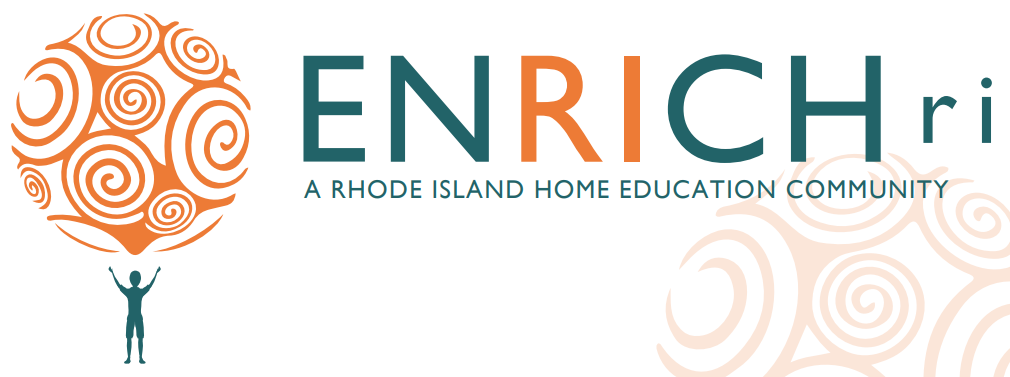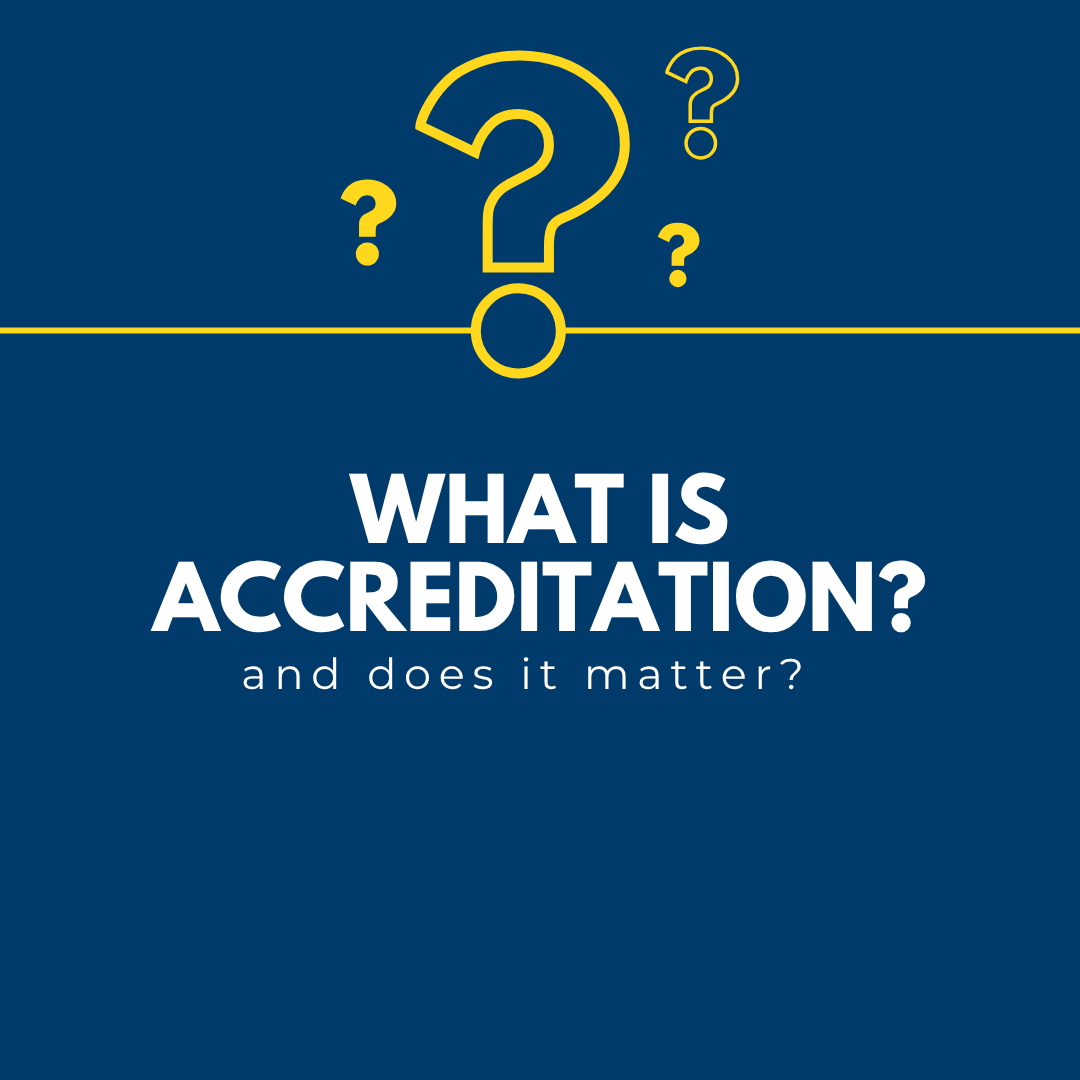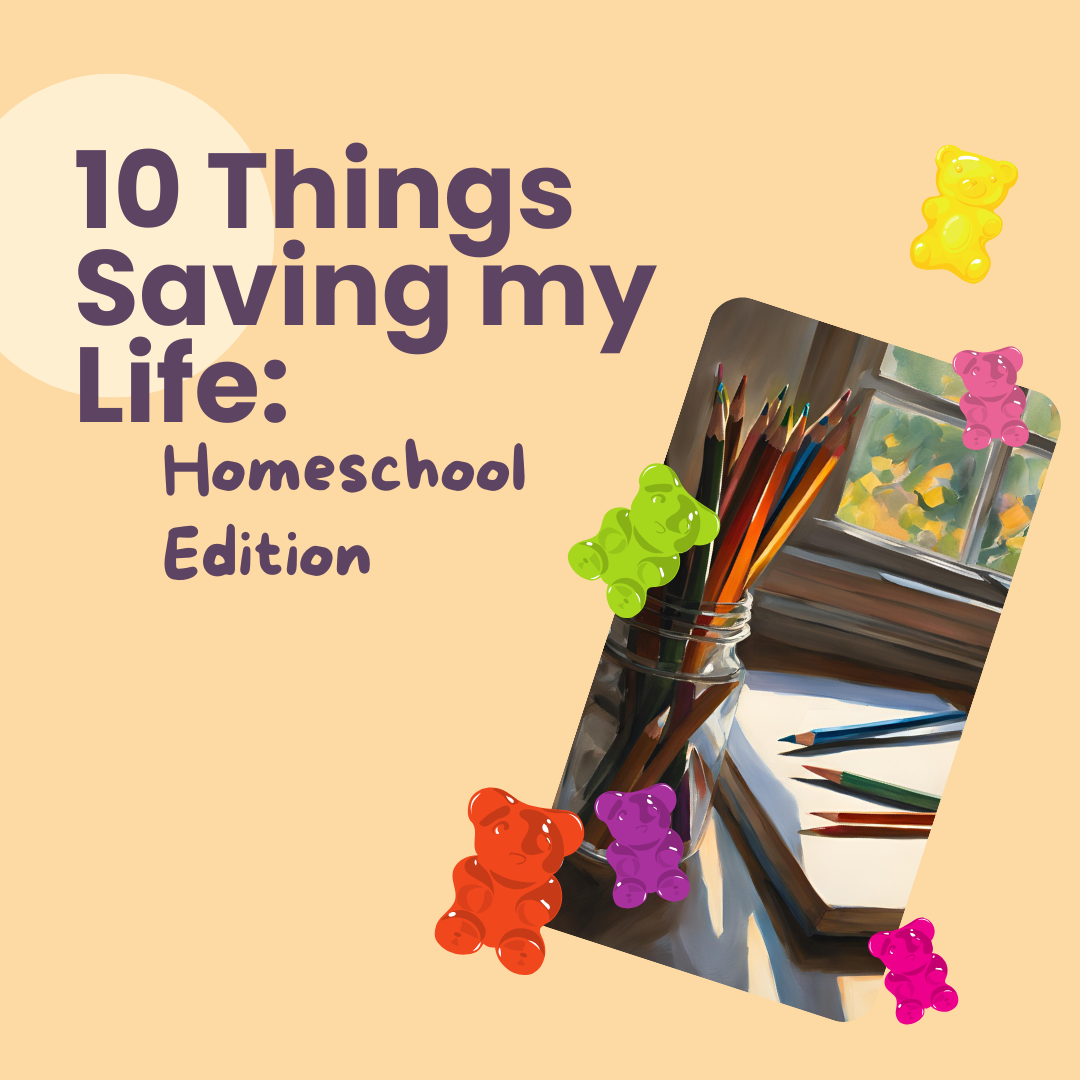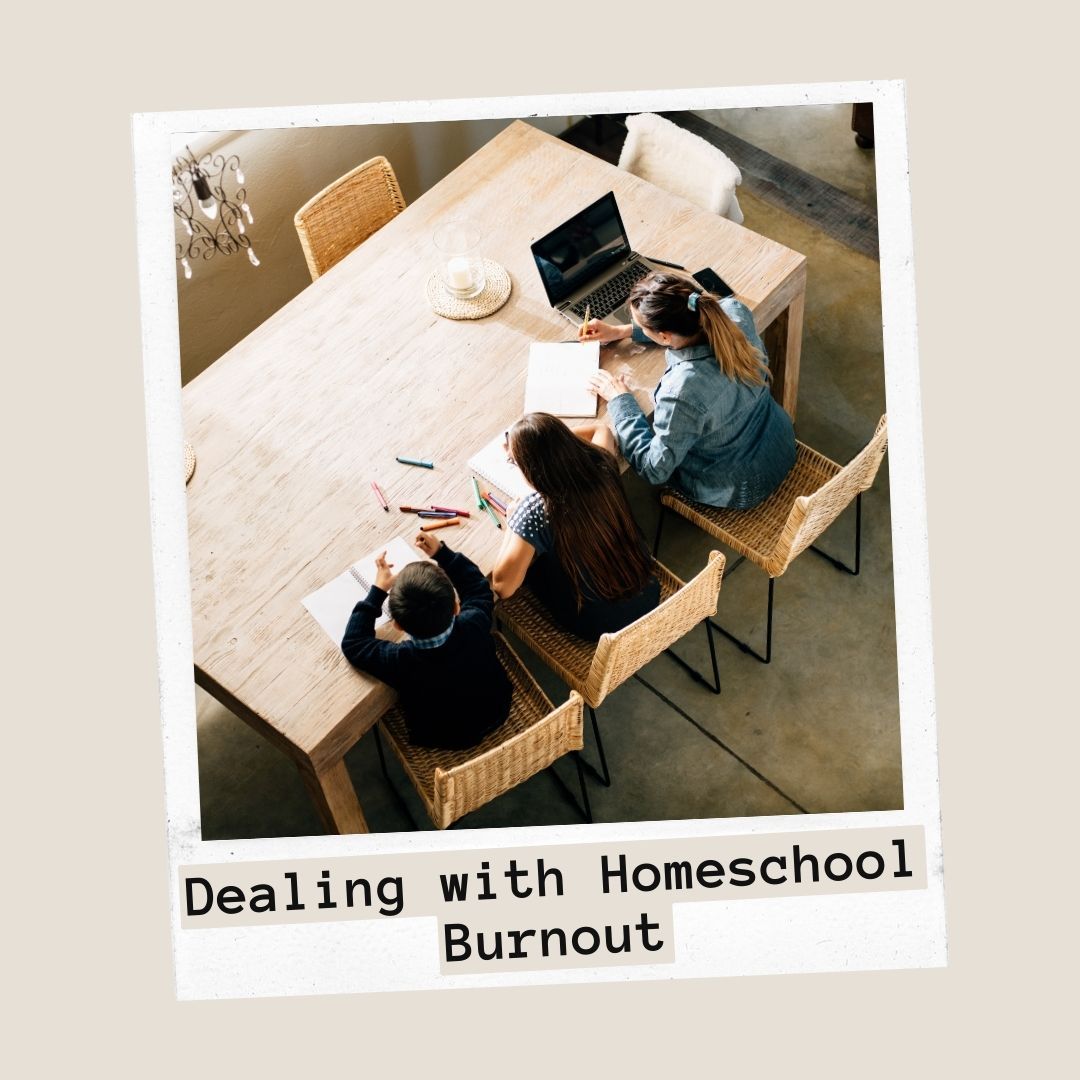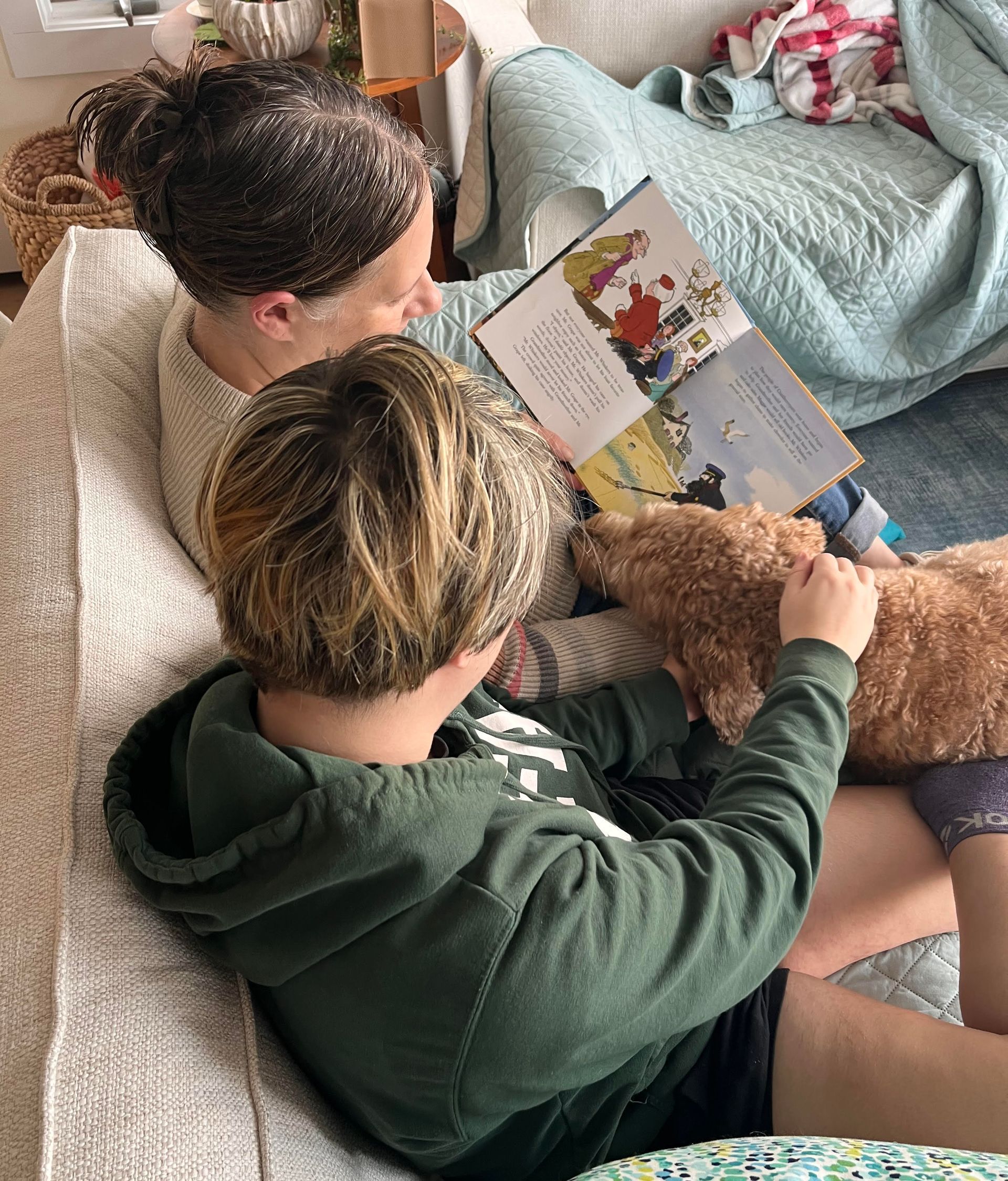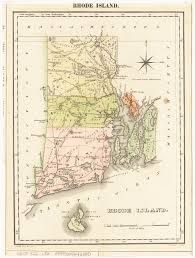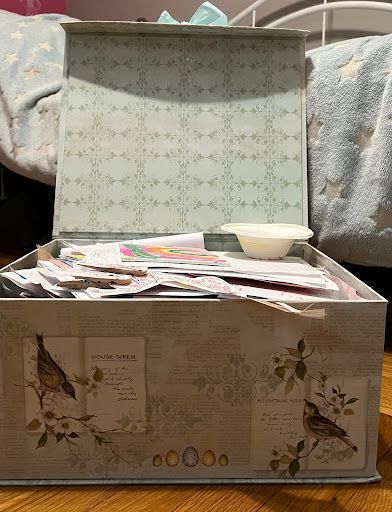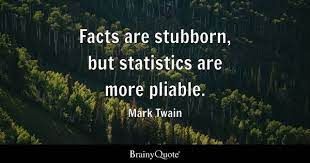Homeschooling High School: Documentation
What to Track and Keep
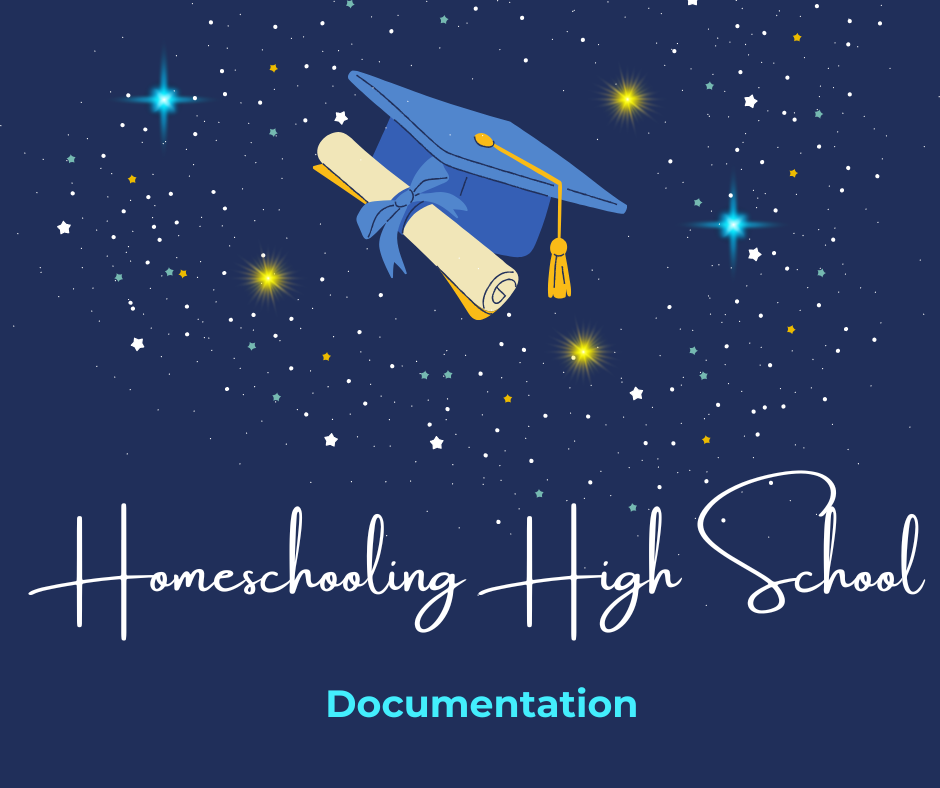
Why Are Documents Important in the High School Years?
High school is the beginning of the rest of your child’s academic and post-academic life. No college or employer is ever going to ask what your child accomplished in elementary or middle school, but high school is key. And trust us, you don’t want to be scrambling at the end of their senior year or beyond to track down classes they took four years prior, or to remember an award they received, or all the extracurriculars they have participated in. Even if you don’t think your child will be going to college, there are still circumstances where they’ll need some of the documents we’re going to list so play it safe and do the paperwork.
Start documenting early (or now if you’ve already started high school!) and keep more than you think you may need.
What Documents Are Important?
There are two categories of documents: your transcript and everything else. The transcript is the most important document and is not optional! That is not to lessen the importance of everything else, but it needs to be stressed that your child’s transcript is what shows the work they put into their high school years. No one cares about a diploma in an official way. You may want to have a printed diploma as a meaningful way to celebrate a student's achievement, but it is not necessary. The transcript is the document that colleges, employers, and the military will want to see and it’s a lifetime document. This means that your child may be required to show it years from now - to enter a degree program or earn a certificate or apply for a job. Putting off keeping organized records can have a serious impact on your child in the future.
Okay, with that caveat out of the way, here’s what you should be keeping:
- Transcript (up-to-date)
- Course descriptions (keep these by year and update at least once a year)
- Reading/Viewing List (books, movies, newspapers/letters, blogs)
- Standardized Test Results (including AP, SAT/ACT, CLEP)
- Dual Enrollment Courses (should also be listed on transcript and in course descriptions)
- Sports, Extracurricular Activities, Workshops in which they’ve participated
- Volunteer Work / Jobs
- Newspaper or Media Articles/Posts
- Awards / Achievements
- Certificates / Special Skills
- Leadership Experience
- Gap Year Experiences
- Travel Experiences
- List of Possible Recommenders for Letters of Recommendation (colleges will not accept letters of recommendation directly submitted by students)
- Scholarships Applied for and Scholarships Received
- High School Resume (this is different from a traditional resume)
- Personal Brag Sheet (your own record of cool accomplishments, growth you’ve noticed, compliments received, etc.)
What If We’re Not “Traditional” Homeschoolers?
Every homeschooler, no matter their methodology or philosophy, has “stuff.” Those who follow a less traditional path, like unschoolers, may actually have more stuff! Often, eclectic and unschooling families are compiling a wide variety of activities and resources to make up high school credits. Keeping track of all of what you’ve done will make it easier to pull together in the end. How will you turn “life stuff” into courses with titles, descriptions and grades? Research writing course descriptions from an unschooling perspective or from a life learning perspective (AI models such as ChatGPT, Microsoft Copilot, Gemini can be an invaluable tool for this purpose).
How Do I Keep It All Organized?
We recommend keeping physical and digital copies of all of the above. A binder, with tabs to keep everything organized, is the best place for your physical documents. Everything will be in one place and easy to grab when you need it. Digitally, use your cloud storage of choice (Google Drive, Microsoft OneDrive, Apple Notes, Evernote, NotebookLM, etc.) to organize the documents the same way you would in the binder. If you have a physical copy of something, either scan or take a photo of it and upload it to the appropriate file. Documenting your homeschooler’s high school years is one of the most important tasks homeschool parents will do so you want to be sure that information is safe.
How Do I Keep It All Updated?
Paperwork can be a drag. Many of us often put it off and it piles up, sometimes literally. Our best advice to make this a little easier is two-fold. First, having a binder and digital folders set-up from the start gives your paperwork a home. So take the time to get those files in place - buy the binder, set-up the digital folders - and when a piece of paper or document comes around that you need to keep, put it where it belongs - add it to the binder, and/or store it in the digital file.
Second, schedule time to update documents and organize them. At a minimum, this should be twice per school year; about half-way through (think semesters) and then again at the end. That way, everything is still relatively fresh in your mind and it will be easier to update accurately. Even better is to have a monthly check-in where you check your lists, add anything new, and make sure your digital and paper files are in sync. It may sound like a lot, but reviewing frequently can make the task smaller and not as overwhelming as it would be all at once (not to mention that you will be less apt to forget important things).
Paperwork doesn’t have to be hard! Start early, update often, and try to enjoy the process - this is where you get to see all the cool things your child has done come together!
For more homeschooling high school information check out our Homeschooling High School Series
Share Article
